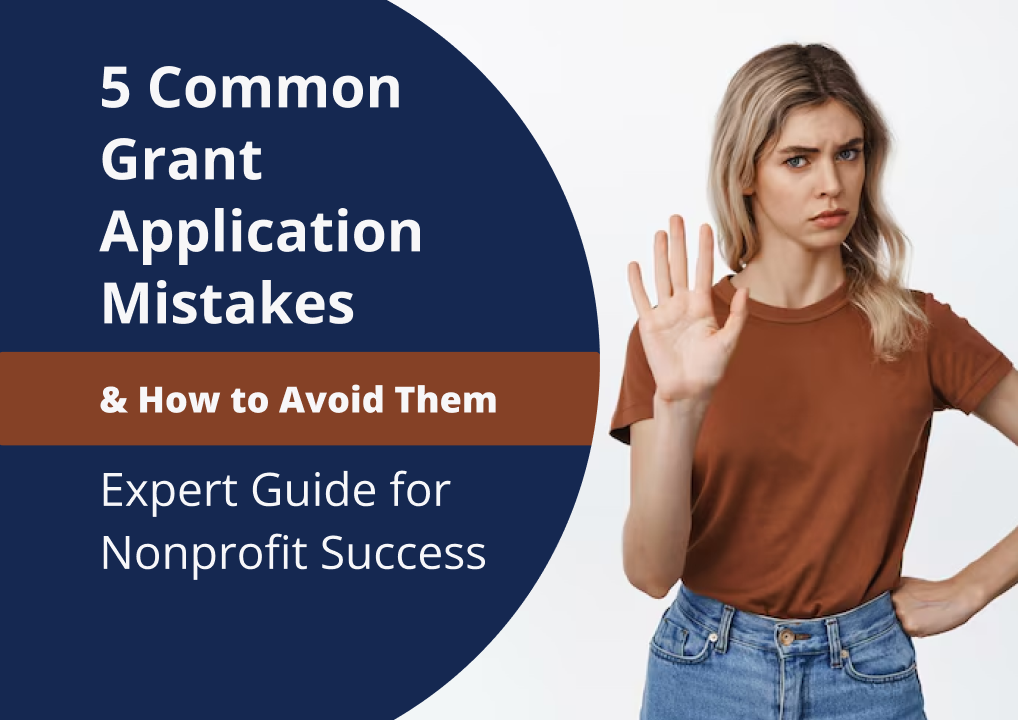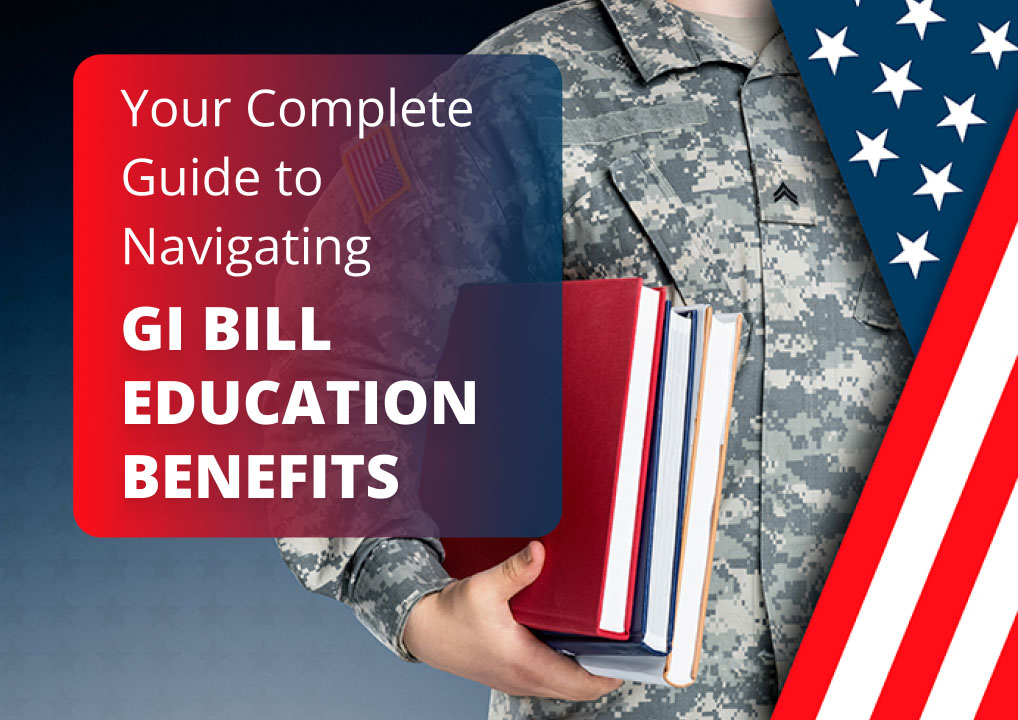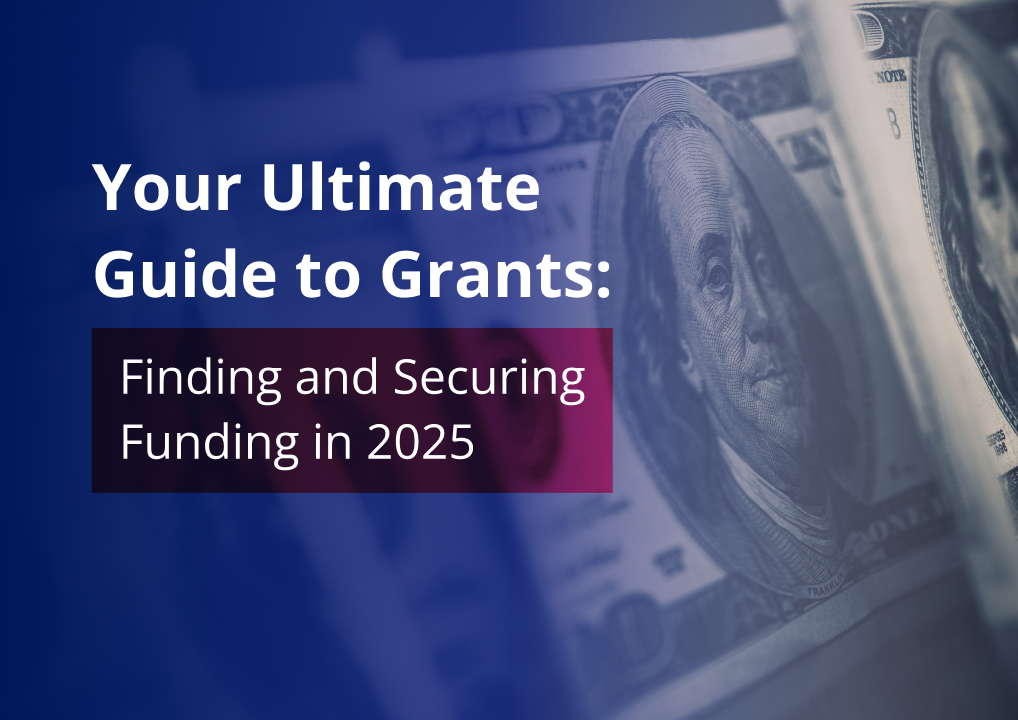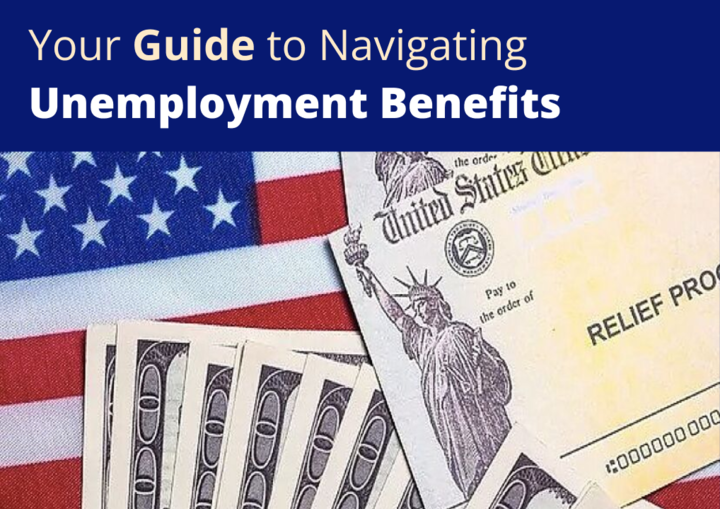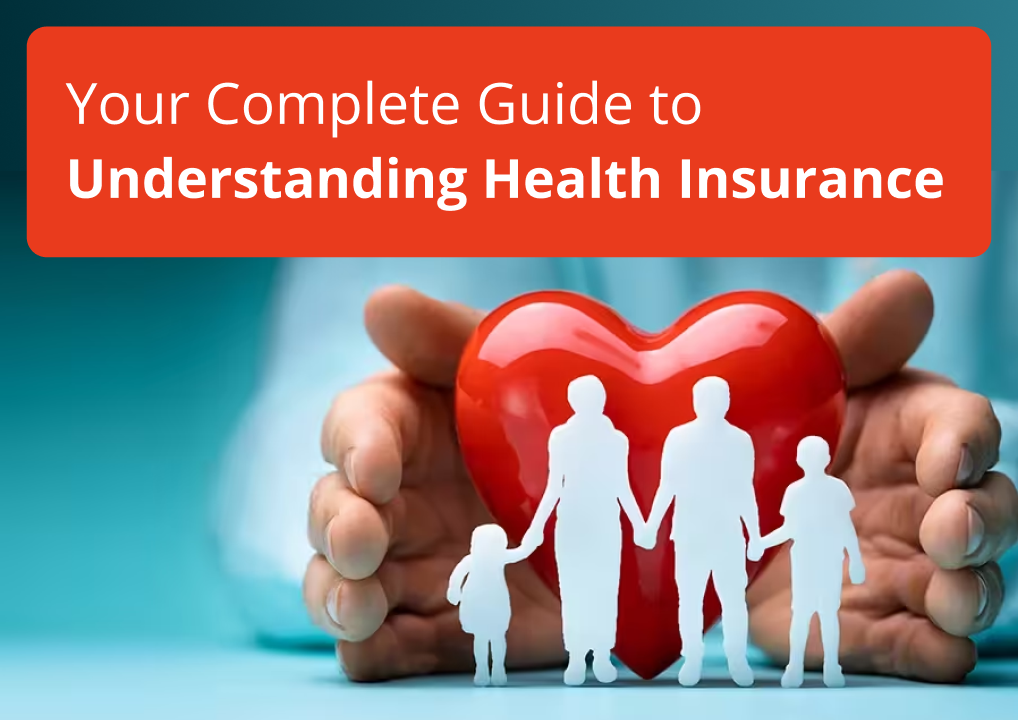Hey there, grant seeker! After reviewing hundreds of applications throughout my career, I’ve identified five critical mistakes that often prevent brilliant ideas from securing funding. Let me walk you through each one with in-depth explanations and real-world examples to help your next application shine.
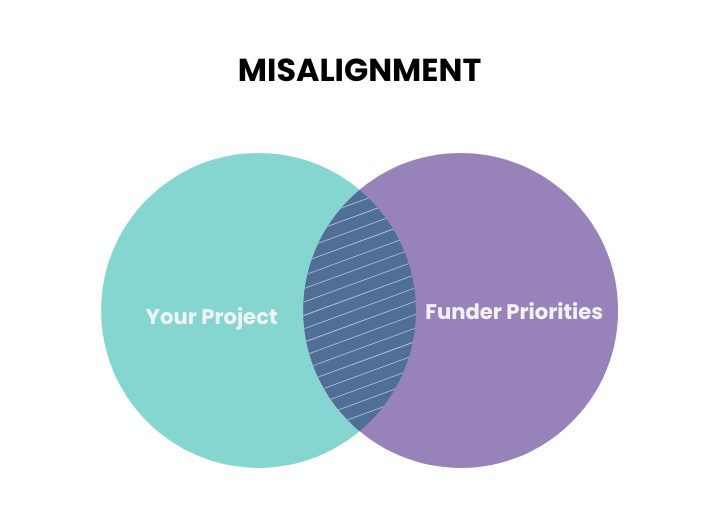
1. Misalignment with Funder Priorities
Why it happens:
- Example: A youth arts organization applying for an environmental sustainability grant by hastily adding a recycled materials component to their program without truly integrating environmental education.
- Example: Missing that while a foundation funds "education initiatives," they specifically prioritize early childhood literacy programs, not the high school STEM project you're proposing.
Ignoring unwritten priorities: Funders often have implicit preferences that aren’t explicitly stated in guidelines.
- Example: A foundation might say they fund "innovative approaches" but consistently award grants to evidence-based programs with extensive track records rather than truly experimental approaches.
How to avoid it
Conduct comprehensive funder research:
- Review their past three years of grant awards to identify patterns
- Analyze their annual reports and strategic plans for stated priorities
- Follow their social media and press releases to understand current focus areas
- Example: Discovering through a foundation's annual report that they're shifting focus toward rural communities, which would make your urban-centered proposal less competitive.
Engage with program officers:
- Schedule informational interviews before applying
- Attend funder webinars and information sessions
- Ask specific questions about fit rather than general inquiries
- Example: A program officer revealing during a call that while they fund mental health services, they're specifically interested in trauma-informed approaches this funding cycle.
Create alignment documentation:
- Develop a side-by-side comparison of your objectives and the funder's priorities
- Identify gaps and determine if they can be authentically addressed
- Have an objective third party review your alignment assessment
- Example: Creating a table that maps each of your project components directly to specific language from the funder's guidelines, revealing that two of your main activities don't clearly connect to their priorities.
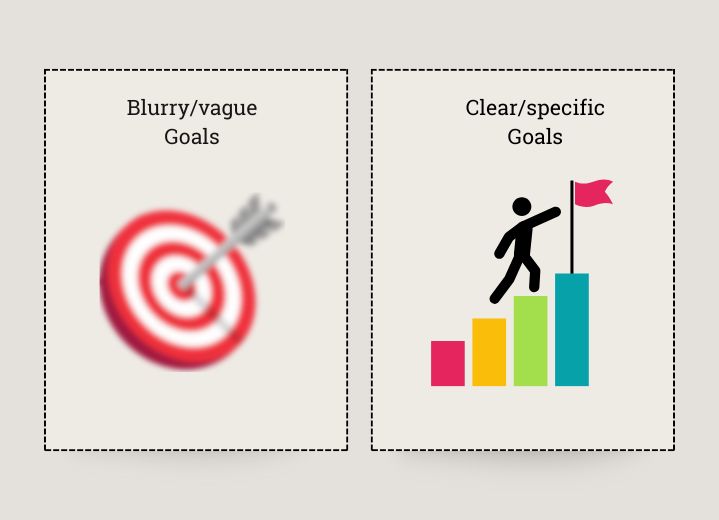
2. Vague Goals and Unclear Outcomes
Why it happens:
- Example: Writing "we will improve student achievement" without specifying which metrics will change, by how much, or over what timeframe.
Fear of accountability: Organizations worry about being held to specific targets they might
not achieve.
- Example: Promising to "serve the community" rather than committing to "provide 500 homeless individuals with housing placement services resulting in at least 300 successful housing placements within 12 months."
Confusing activities with outcomes: Many proposals describe what they’ll do without clearly articulating what will change as a result.
- Example: Stating "we will conduct 10 workshops" (an activity) rather than "participants will demonstrate a 40% increase in knowledge as measured by pre/post assessments" (an outcome).
How to avoid it
Implement the SMART framework rigorously:
- Specific: Name exactly who will be impacted and how
- Measurable: Include precise metrics and measurement methods
- Achievable: Set ambitious but realistic targets based on evidence
- Relevant: Connect directly to the problem you've identified
- Time-bound: Specify when each outcome will be achieved
- Example: Instead of "help unemployed residents," write "increase employment among program participants by 65% within six months of program completion, with at least 80% maintaining employment for one year."
Distinguish between types of results:
- Outputs: Quantifiable products of your activities (150 people trained)
- Outcomes: Changes in knowledge, skills, behavior (85% of trainees implement new practices)
- Impact: Long-term, sustained change (30% reduction in community problem)
- Example: For a food security program, outputs might be "distribute 10,000 meals," outcomes could be "reduce food insecurity among participants by 50% as measured by the USDA Food Security Scale," and impact might be "decrease diet-related hospital admissions in the target neighborhood by 25% over five years."
Develop a comprehensive measurement plan:
- Detail specific assessment tools for each objective
- Include both quantitative and qualitative measures
- Explain how data will be collected, analyzed, and reported
- Example: Describing not just that you'll conduct surveys, but specifying you'll use the validated PSS-10 stress assessment tool administered at program entry, exit, and 6 month follow-up, analyzed using paired t-tests to determine statistical significance of changes.
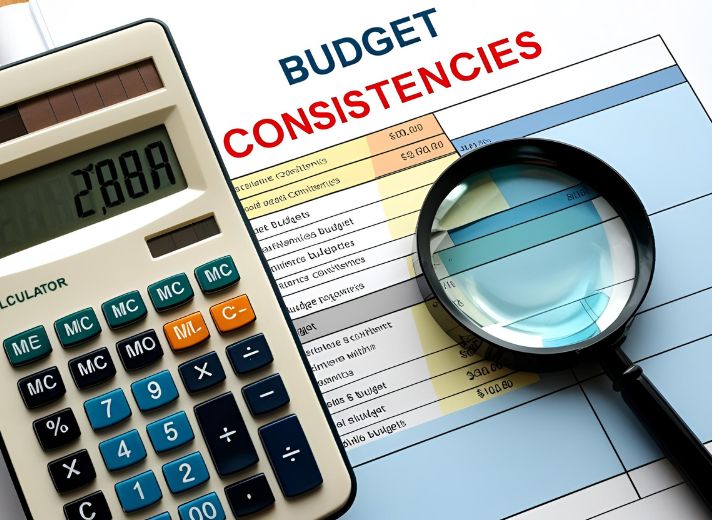
3. Budget Inconsistencies and Unrealistic Costs
Why it happens:
- Example: Hastily estimating $5,000 for "program supplies" without itemizing costs or researching current pricing.
Strategic misrepresentation: Some applicants deliberately under or overestimate costs.
- Example: Budgeting only $25,000 for a position that typically requires $45,000 in your area, hoping to appear efficient while planning to supplement with other funds (without disclosing this).
Narrative-budget disconnects: Budgets that don’t clearly connect to activities described in the proposal.
- Example: Describing an extensive community outreach campaign in your narrative but allocating only minimal funds for marketing and communications in your budget.
How to avoid it
Develop budgets collaboratively and early:
- Include program staff, finance personnel, and leadership
- Start budget development when you begin writing, not days before submission
- Use historical data from similar projects to inform estimates
- Example: Holding a budget planning meeting where program staff identify needed supplies while finance staff research actual costs and procurement timelines.
Create detailed budget justifications:
- Explain calculation methodologies for each line item
- Provide research supporting cost estimates
- Justify any unusual expenses or allocations
- Example: Rather than listing "$3,000 for consultant," specify "30 hours of evaluation consultation at $100/hour based on average rates for program evaluators with public health expertise in our region, as confirmed by quotes from three providers."
Ensure comprehensive cost coverage:
- Account for often-forgotten expenses like insurance, equipment maintenance, or inflation
- Include appropriate administrative/overhead costs
- Consider full personnel costs including benefits and taxes
- Example: Budgeting not just for the purchase of specialized equipment ($5,000) but also for annual maintenance contracts ($750/year), staff training ($1,200), and replacement parts ($500/year)
Conduct multiple budget reviews:
- Have someone uninvolved in proposal development review for inconsistencies
- Compare your budget to similar successful proposals when possible
- Check that every narrative activity has corresponding budget support
- Example: Having your finance director review your budget and identify that while you've planned for program staff travel to rural sites, you haven't included vehicle maintenance or mileage reimbursement costs.
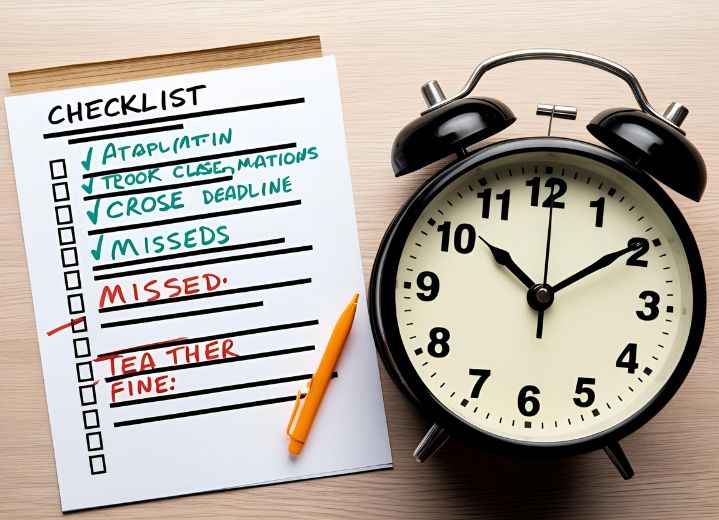
4. Disregarding Submission Requirements
Why it happens:
- Example: Missing that while the main proposal has a 10-page limit, the description of organizational capacity must be submitted as a separate 2-page document.
False assumptions about flexibility: Many applicants believe certain requirements are suggestions rather than rules.
- Example: Using 11-point font instead of the required 12-point, assuming reviewers won't notice or care about the difference.
Technical hurdles: Online submission systems often present unexpected challenges.
- Example: Discovering at the last minute that your submission requires all documents to be combined into a single PDF under 10MB, requiring significant reformatting.
How to avoid it
Create a comprehensive compliance checklist:
- Extract every technical requirement from guidelines
- Convert passive language ("should be submitted") to active directives ("submit X")
- Assign responsibility for each requirement to specific team members
- Example: Developing a spreadsheet with columns for requirement description, page reference in guidelines, assigned person, completion status, and verification by a second team member.
Pay meticulous attention to formatting requirements:
- Note exact specifications for margins, spacing, font, page numbering, headers/footers
- Create templates that incorporate all formatting requirements before writing begins
- Test print or preview documents as reviewers will see them
- Example: Creating a properly formatted template with set margins (1" on all sides), font (Times New Roman 12pt), spacing (double), and header (project title and organization name) that all writers must use.
Develop a submission timeline with buffers:
- Schedule submission at least 72 hours before the deadline
- Plan for technical reviews 1 week before submission
- Allocate time for converting documents to required formats
- Example: For a June 30th deadline, scheduling final content approval by June 23rd, technical review by June 26th, and submission by June 27th, leaving three days for troubleshooting.
Conduct a formal pre-submission review:
- Use a fresh reviewer who hasn't been involved in proposal development
- Create a reviewer checklist mirroring exact requirements
- Verify both content and technical elements
- Example: Having an administrative assistant who hasn't seen the proposal verify that all attachments are properly named according to conventions (e.g., "OrganizationName_Budget_2025.pdf"), all page limits are respected, and all required certifications are signed.
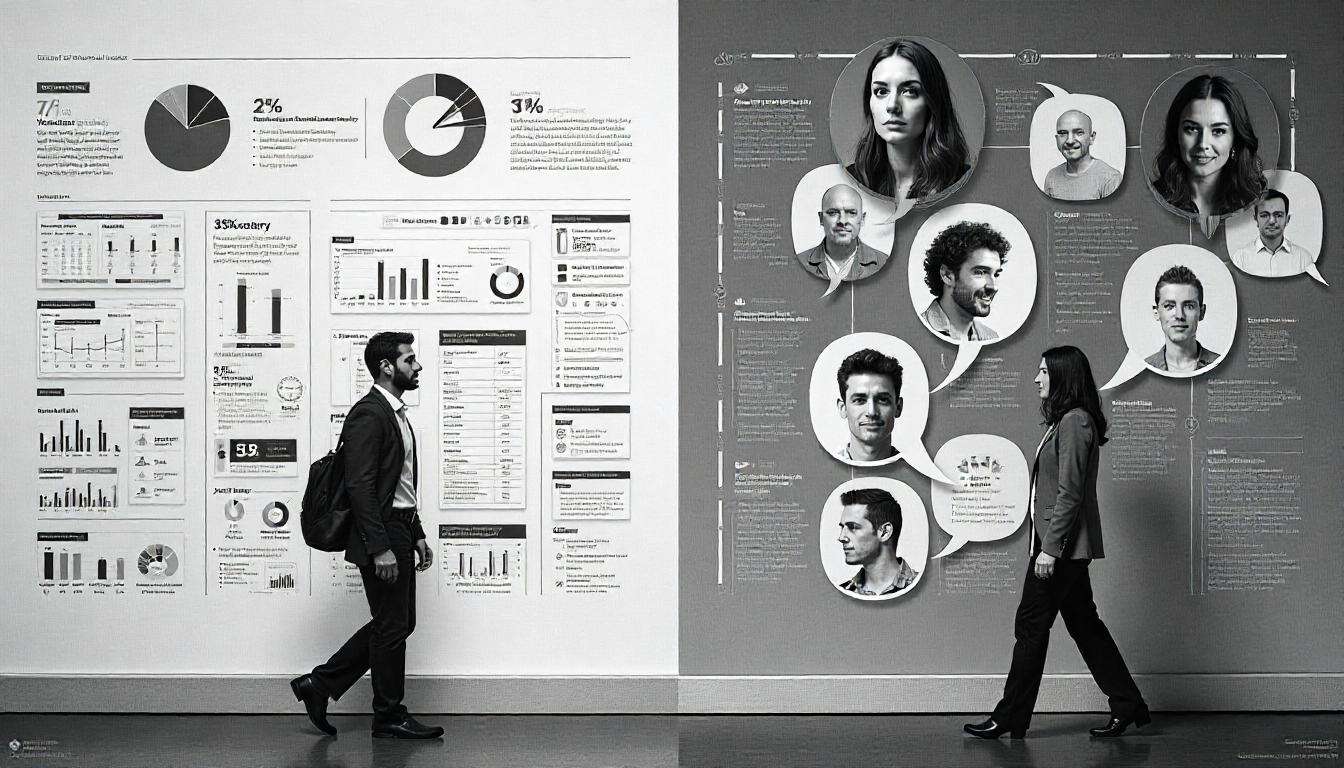
5. Weak Storytelling and Failure to Connect with Reviewers
Why it happens:
- Example: Stating that "43% of residents lack access to healthy food" without illustrating what this means in human terms.
Jargon and technical language: Specialized terminology creates barriers to understanding.
- Example: Writing that your program "implements trauma-informed motivational interviewing utilizing the transtheoretical model of behavior change" without explaining what this means in practice.
Missing the “why”: Proposals often explain what and how without compelling reasons why it matters.
- Example: Detailing program activities without establishing why this approach is unique, necessary, or urgent.
How to avoid it
Develop a compelling narrative arc:
- Begin with a vivid description of the problem that creates urgency
- Introduce your approach as a logical, evidence-based solution
- Conclude with a vision of what success will mean for beneficiaries
- Example: Opening with "Maria, a single mother of three, walks two miles each way to access fresh produce for her family. Like 43% of residents in Eastside, she lives in a food desert where convenience stores selling processed foods are the only option within walking distance." This humanizes statistics while establishing the problem your mobile farmers market program addresses.
Incorporate strategic storytelling:
- Include brief case examples that illustrate both problems and solutions
- Use direct quotes from community members or past participants
- Balance individual stories with broader data
- Example: "After participating in our job training program, James secured his first stable employment in decade. 'For the first time, I can provide for my kids without worrying about next month's rent,' he shares. His experience reflects our 78% placement rate and 83% six-month retention rate."
Translate specialized concepts for non-experts:
- Define technical terms in plain language
- Explain why specialized approaches matter in practical terms
- Include visual elements that clarify complex ideas
- Example: Rather than just mentioning "trauma-informed care," explaining: "Our trauma informed approach means staff recognize that many participants have experienced significant hardships. This translates into practical program elements like flexible scheduling, private intake spaces, and choice in how they participate—all proven to increase engagement by 40% compared to traditional approaches."
Tailor language to your specific reviewers:
- Research who typically reviews proposals for this funder
- Adjust terminology based on their background (medical, educational, etc.)
- Address potential objections or questions proactively
- Example: For a scientific audience, including more methodological details; for a community foundation board of local business leaders, emphasizing return on investment and community economic benefits

Final Thoughts: Learning from Rejection
Request and document specific feedback:
- Ask program officers for reviewer comments
- Note patterns across multiple rejections
- Document both technical and content-related feedback
- Example: Creating a rejection analysis document that tracks common themes, such as discovering that three different funders mentioned concerns about your evaluation methodology.
Implement a continuous improvement cycle:
- Revise proposals based on feedback before submitting elsewhere
- Share learnings across your organization
- Build a library of successful and unsuccessful proposals with notes
- Example: After learning your budget was perceived as inadequate for the proposed activities, developing more detailed cost research for the next submission and increasing your request by 15% with comprehensive justification.
View rejection as refinement:
- Recognize that many funded projects were rejected multiple times
- Use each submission as an opportunity to clarify your thinking
- Consider how each revision strengthens your actual implementation plan
- Example: A youth mentoring program that was initially rejected, revised its outcome measurement approach based on feedback, and not only secured funding on the second attempt but also implemented a more effective evaluation system that improved their programming.
Remember, persistence often matters more than perfection. Many projects secure funding on their second or third attempt, having grown stronger through the application process itself.
What grant application challenges are you currently facing? I’d love to hear about your experiences in the comments below!
About the Author: With over 15 years of experience in nonprofit fundraising and grant review, I’ve reviewed thousands of proposals and helped organizations secure millions in funding. My passion is helping worthy projects overcome application hurdles to achieve their mission.


